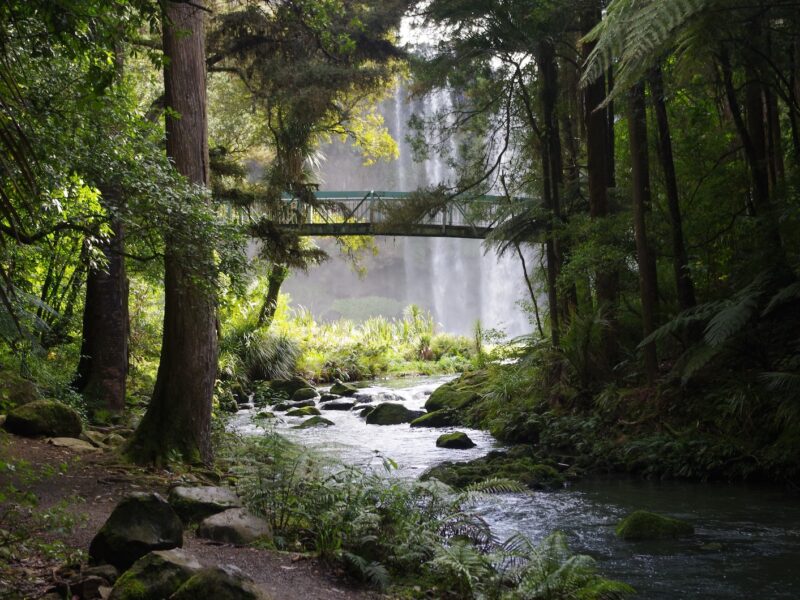If someone asked you to go camping in the winter you’d call them crazy, right? There are actually quite a few benefits to camping in the winter compared to the dead heat of the summer months. Since it’s the off-season, public campgrounds are virtually abandoned in the winter, ensuring a secluded getaway you won’t find in August. Cold weather means zero bugs, so keep the mosquito spray at home. And best yet, the moon sparkles in the snow and provides an unforgettable aura.
However, to truly enjoy your winter camping trip, there are a few things you need to know. Check out these survival tips before you go trudging out into the snow:
Dress Warm
A no-brainer, but some people aren’t prepared for the chilly winter nighttime. Your body heat will ramp up during that cross country skiing or snowshoeing trek, but when you’re hanging out around the campsite you’ll need an extra couple of layers to keep everything toasty and safe.
Thermal underwear should be your first step and then add a light layer before going full-on wool or heavy synthetic. A waterproof outer shell is necessary if you’re going out during a seasonal transition. A couple of scarves and pairs of gloves are a must – if one pair gets wet it’ll be easy to warm back up with the spare set.
Boots and warm socks are required gear. Hypothermia and frostbite hits at the extremities first, so toes and fingers should be priorities when it comes to body protection. Be sure to pack several pairs of warm socks in case you need to double up.
Prepare for the Worst
Check the weather in the area you’ll be camping out in and get information about seasonal snowfall levels. You don’t want to end up at the base of a mountain the night before its heaviest snowfall period. Packing your survival kit (and then some) is essential and however long you’re planning to stay out, pack food for twice as long. Better to have too much than too little, especially in the event you get stranded.
Less serious preparation tips incoming, we promise. If you dread having to get out of your sleeping bag in the morning, try sleeping with your next day’s clothes in the bag with you. That’ll add an extra layer to snuggle up with and leave you with warm clothes come morning.
Also, to prevent water or snow accumulation inside your tent, open up those vents. We know, it’s really cold, but better to keep the condensation from your breath outside of the tent rather than in. If you’re planning to make your winter trek a regular tradition, portable tent buildings are a great way to beat the REI-brigade and survive the cold in style.
Protect Your Campsite
While wild animals like bears won’t be as attracted to your campsite in the hibernation months as they would in summer, it’s still important to completely seal and protect your food source. Leaving them in a car isn’t a good idea, so a tree stand or simple rope will keep your supply high above the reach of pesky critters. Better safe than sorry.
If you’re feeling the breeze a little too harshly, tie a large blanket or tarp against the direction of the wind to shield you and your tent from the chill. It’ll also keep your fire sheltered and burning more steadily.
Waterproof containers are a must. Keeping your firewood, matches, and clothing dry could be a life-saving (or at the very least a mood-saving) decision.
Of course, you can ignore all of this and just go glamping. Sheepskin slippers and satellite TV in the middle of nowhere sound pretty good to us, too.


